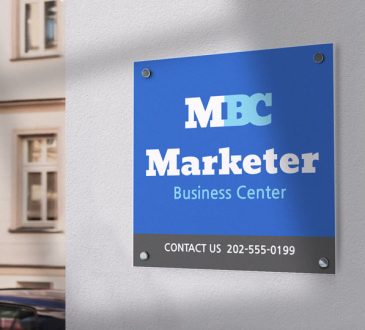
The landscape of real estate development is a pivotal aspect of urban planning and economic growth, involving a wide array of businesses from site development company to convenience stores (cstores) and broad-spectrum real estate development firms. This article explores the intricate roles these entities play and the innovative strategies they employ to shape the spaces where we live, work, and play.
Key Factors Distinguishing Top Real Estate Development Firms Success in real estate development hinges on the ability to foresee and adapt to market demands while committing to sustainability and community enhancement. Top firms are recognized for their visionary project planning, integrating green building practices and technologies that ensure long-term viability and environmental stewardship. Their projects often serve as benchmarks in industry standards, demonstrating high returns on investment and impactful community development.
The Role of Sustainability in Real Estate Development Sustainability is no longer an optional feature but a fundamental aspect of modern real estate development. Leading firms incorporate energy-efficient designs from the inception of their projects, use sustainable and locally sourced materials, and aim for certifications like LEED or BREEAM. These practices not only reduce the environmental footprint but also attract eco-conscious tenants and buyers, proving that ethical considerations can coexist with profitability.
Technological Innovations Transforming Real Estate Development Technology’s integration into real estate has revolutionized how projects are planned, executed, and managed. From the use of Building Information Modeling (BIM) software for enhanced precision in construction to IoT-based smart home systems that offer residents real-time control over their living environments, technology enables firms to deliver cutting-edge, high-quality properties that stand out in competitive markets.
Phases of a Real Estate Development Project The development process can be broken down into several key phases:
• Research and Due Diligence: Understanding market needs, site potential, and legal requirements.
• Project Conception and Design: Crafting innovative designs and functional layouts.
• Site Acquisition: Securing the right location based on strategic analysis.
• Securing Financing: Navigating funding options to support project viability.
• Construction Management: Overseeing the build process to ensure quality and timeliness.
• Asset Management: Maximizing the value of the property through effective management and eventual sale or leasing.
Addressing Market Diversity in Global Real Estate Development Global operations require a keen understanding of local markets. Firms like Hines tailor their development strategies to respect and enhance local architectural styles, regulatory norms, and cultural contexts, ensuring their projects are both relevant and respectful to the communities they serve.
Challenges Facing Real Estate Development Firms Today Real estate developers face numerous challenges such as economic fluctuations, stringent regulations, and a rising demand for affordable housing. To navigate these waters, firms must be agile, forward-thinking, and ready to adopt innovative strategies that align with global trends and local needs.
Conclusion
The realm of real estate development is dynamic and challenging, yet it offers vast opportunities for firms that are willing to invest in sustainable practices, embrace technological innovations, and understand the nuanced needs of diverse markets. The future of real estate development looks promising, with trends leaning towards more sustainable, user-friendly, and technologically integrated properties.
For in-depth insights into site development company, cstore, and real estate development firm strategies, follow our expert analyses and industry updates.




